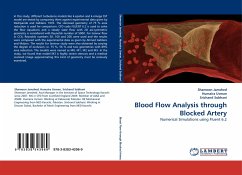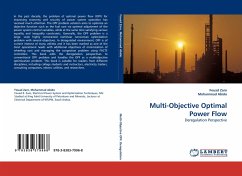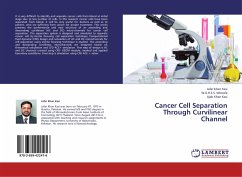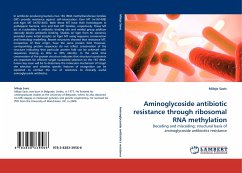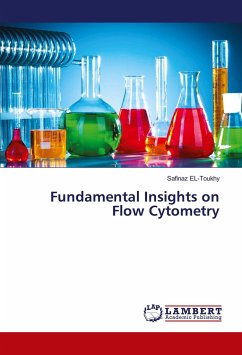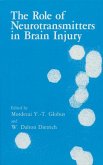In this study, different turbulence models like k-epsilon and k-omega SST model are tested by comparing them against experimental data given by Deshpande and Giddens 1976. The stenosed geometry of 75 % area reduction is used for comparison. CFD code FLUENT 6.2 is used to solve the flow equations and a steady state flow with 2D axi-symmetric geometry is considered with Reynolds number of 5000. For lamnar flow in CCA, Reynolds numbers 50, 100 and 200 were used and the results were compared with the experimental data as given by Ahmed Giddens and Mabon. The results for laminar study were also obtained by varying the degree of occlusion i.e. 75 %, 56 % and two geometries with 89% area reduction. The models were named as M0, M1, M2 and M3. In the study, we found that model M3 is highly severe stenosis and a medical scanned image approximating this kind of geometry must be seriously examined.
